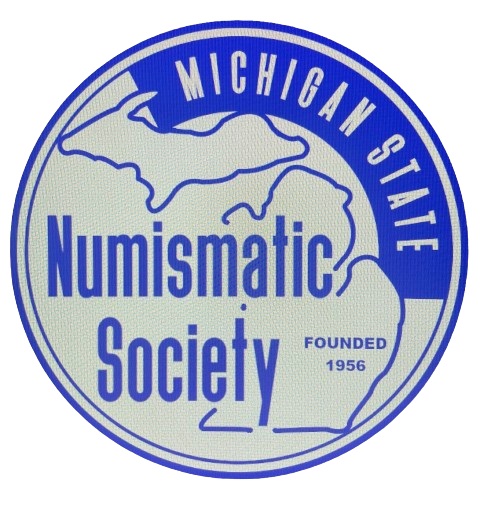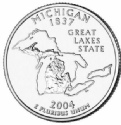When I was young, my father worked in the foreign aid program. When we lived in the African nation of Sudan, the coinage didn’t look anything like American coins. Sudanese coins had a camel with a rider on one side, and all the text was in Arabic. Some of the coins had scalloped edges.
Upon leaving Sudan in 1961, I started collecting stamps. Back then, it was still possible to get most of your mail with stamps on them. Collecting stamps in this fashion didn’t cost anything, just the time to soak them off the paper. I didn’t collect very many coins at the time because that would cost money, though I do remember finding a 1909 Lincoln in circulation.
In 1964, I spent part of the summer with relatives in a small village in southwest Wisconsin. My grandfather, uncle, aunt, and cousins there were all collecting coins. I would run errands for my grandparents or my aunt and got to keep the cents that part of the change of whatever I purchased for them. That was the start of my Lincoln cent collection. When I moved with my family to Michigan toward the end of summer, I was hooked on coins.
A year later, I went back to Africa to live in Liberia for a year. When I came home, I had samples of all the circulating Liberian coinage in my collection. Once back in Michigan, I picked up all of the Whitman folders for all of the change that passed through the hands of any family member. That included U.S. issues from Lincoln cents through Walking Liberty, Franklin and Kennedy Half dollars. A number of Canadian coins could be found circulating in Michigan, so I started working on those folders as well.
In addition to my allowance, I paid for my new additions by walking along roads, looking for pop and beer bottles that I could return for the deposit money.
By 1967, searching through change, visiting a few coin shows, and buying coins advertised in Coin World, I was able to nearly finish most of the folders (no S-VDB, 1922 Plain, or 1955 Double Die in the Lincolns, but all the rest, for instance). I actually dreamed of perhaps becoming a coin dealer someday.
When I was assigned to write a term paper for my high school sophomore English class on what I wanted to be when I grew up, I listed coin dealer as my second choice because I felt like it would be considered too weird to have it as my first choice (I did the paper on becoming a meteorologist).
When I went to the University of Michigan in 1970, it wasn’t possible to major in "coin dealer." So I ended up pursuing a business degree and became a certified public accountant. I took a number of elective business courses related to operating a small business. My coin collection went into hibernation during my college years.
While in college, I started buying U.S. 90% silver coins and gold Sovereigns as hedges against inflation. After college, I resumed some coin collecting (now that I could afford the more expensive coins), but spent most of my discretionary funds on bullion-priced coins.
Like many other collectors of the era, I realized sizeable profits from my collection and bullion holdings during the 1979-1980 bullion boom. My business knowledge and my ability to profit on my numismatic and bullion holdings so impressed the founder of Liberty Coin Service in Lansing that he decided I had to purchase the business from him when he retired in 1981. Although I was already a manager at the CPA firm and was nearing partnership eligibility, the opportunity to run my own coin shop proved irresistible. I have been at Liberty Coin Service since the spring of 1981 and have been sole owner since the beginning of 1995.
And that is how a boy who never lived near a coin shop growing up became first a coin collector and then a full-time dealer.









